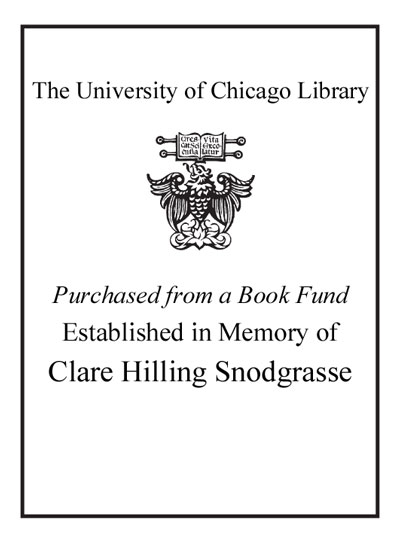Review by Choice Review
Focusing his discussion on particular scenes by early modern writers, including Shakespeare, Donne, Milton, and Addison, Daniel traces the origin and end of an early modern aesthetic mode he calls "joy of the worm," a phrase spoken by the asp-bearing clown in Antony and Cleopatra. It describes "representations of self-killing that imagine the scene or prospect of voluntary death as an occasion for humor, mirth, laughter, ecstatic pleasure, even joy and celebration" (p. 13). In developing this argument, Daniel makes a nuanced distinction between self-killing and suicide, a term first appearing in 1643, finding that self-killing includes a broader range of voluntary death and avoids the "connotations of pathology and mood disorder" (p. 7) of suicide. The book is rich with references to literary critics, philosophers, and thinkers both ancient and modern; present-day thinking about suicide; and aspects of current popular culture but is always accessible and easy to follow. Undergraduates will find the sections on Hamlet and Antony and Cleopatra especially enlightening. Daniel provides endnotes with full bibliographic information and a detailed index. Summing Up: Highly recommended. Upper-division undergraduates through faculty. --Bruce E. Brandt, emeritus, South Dakota State University
Copyright American Library Association, used with permission.
Review by Choice Review

